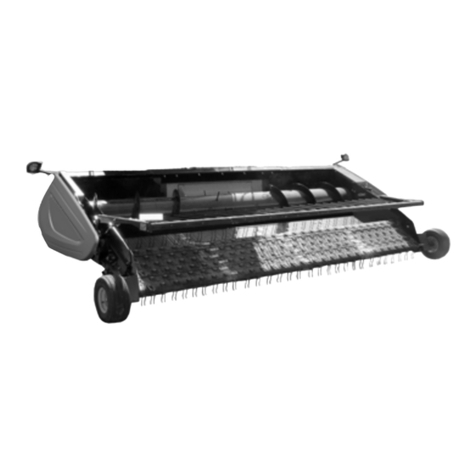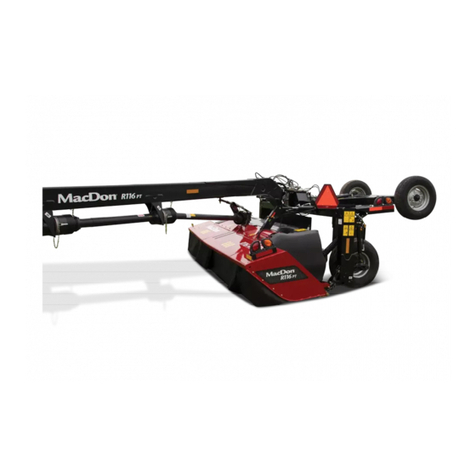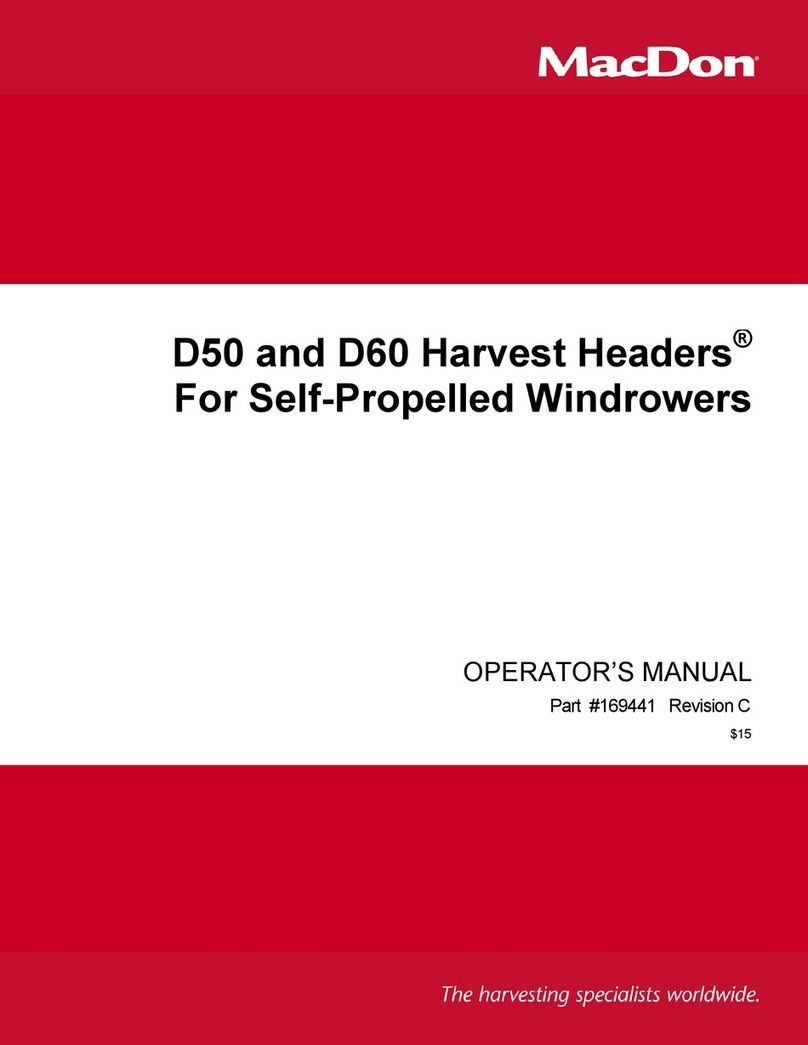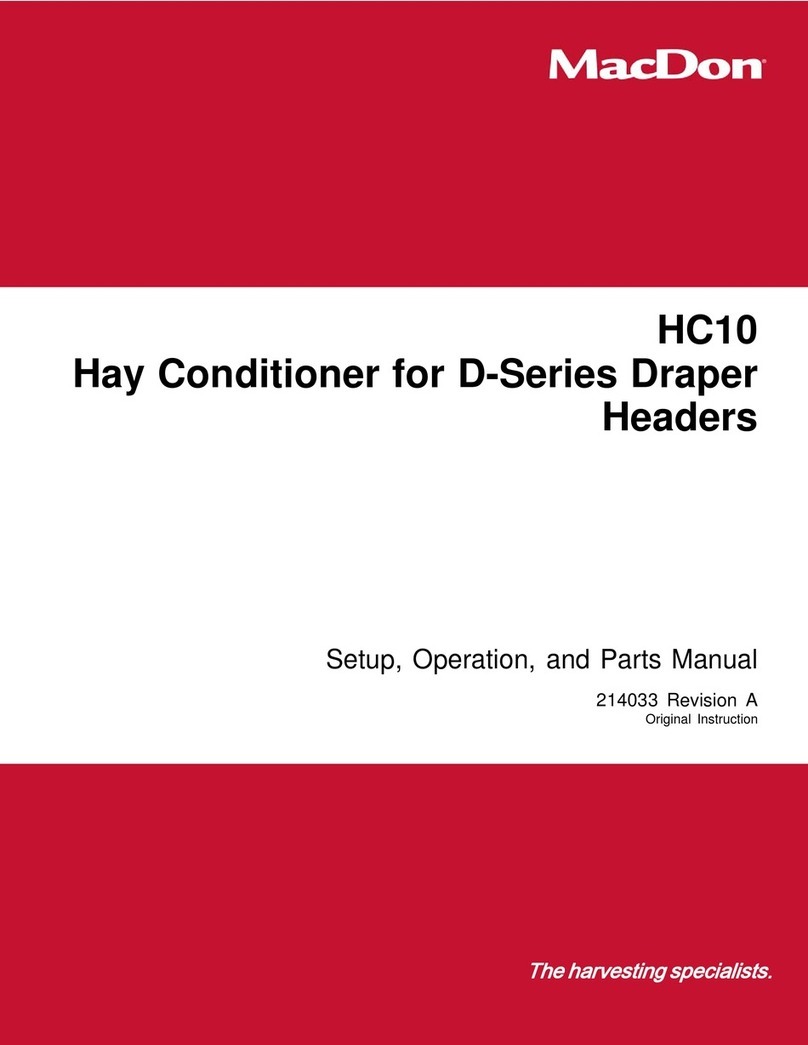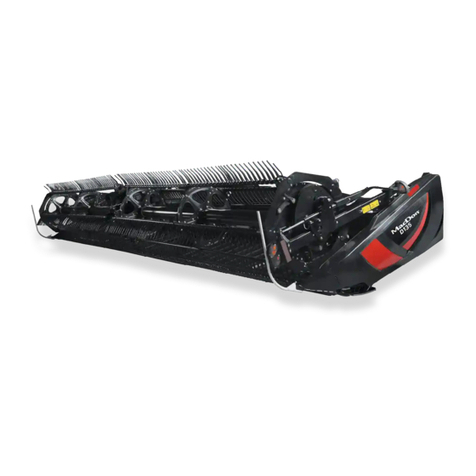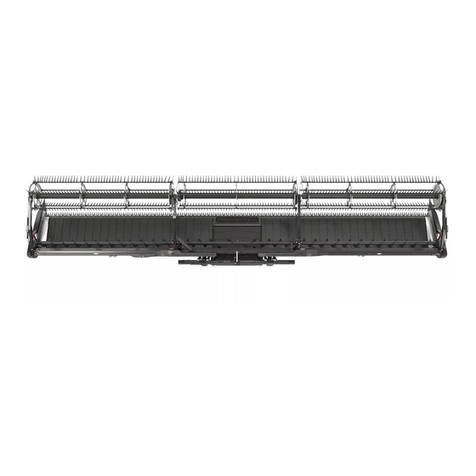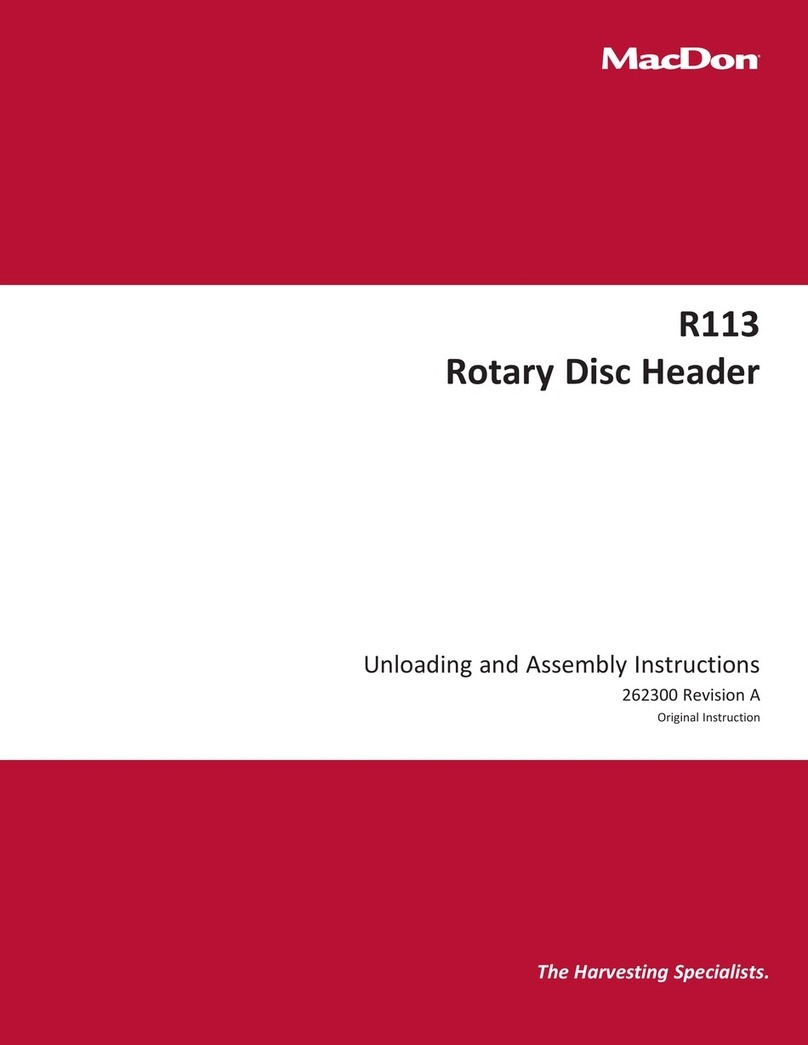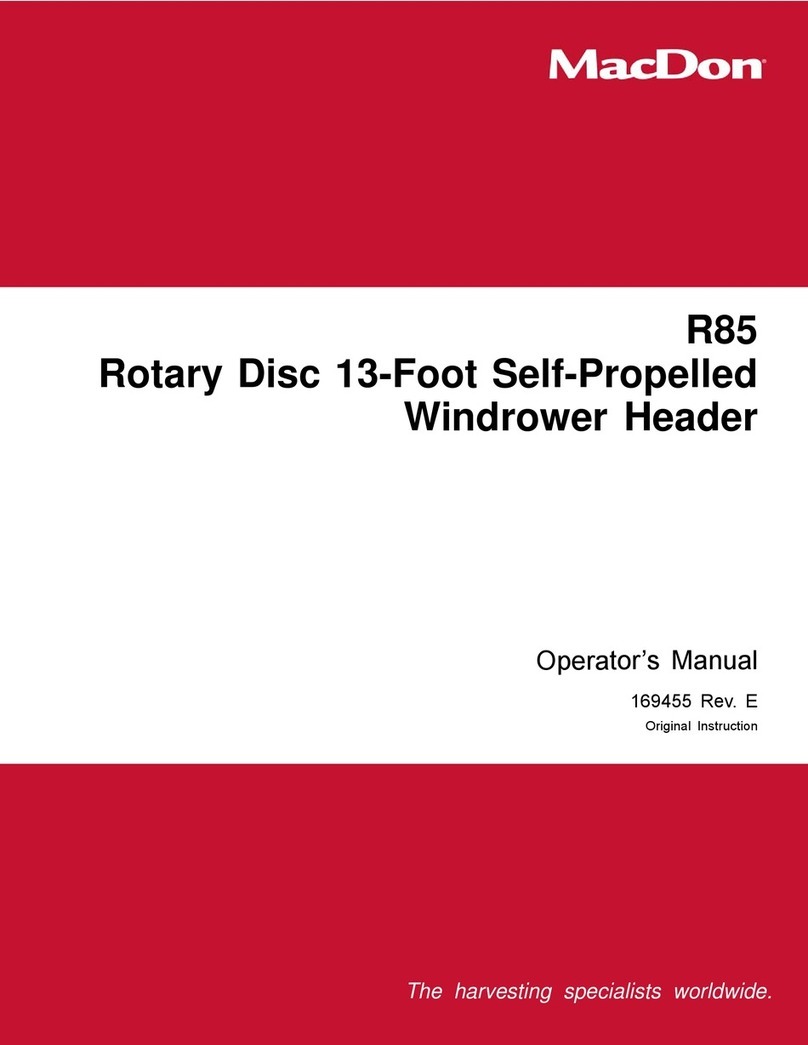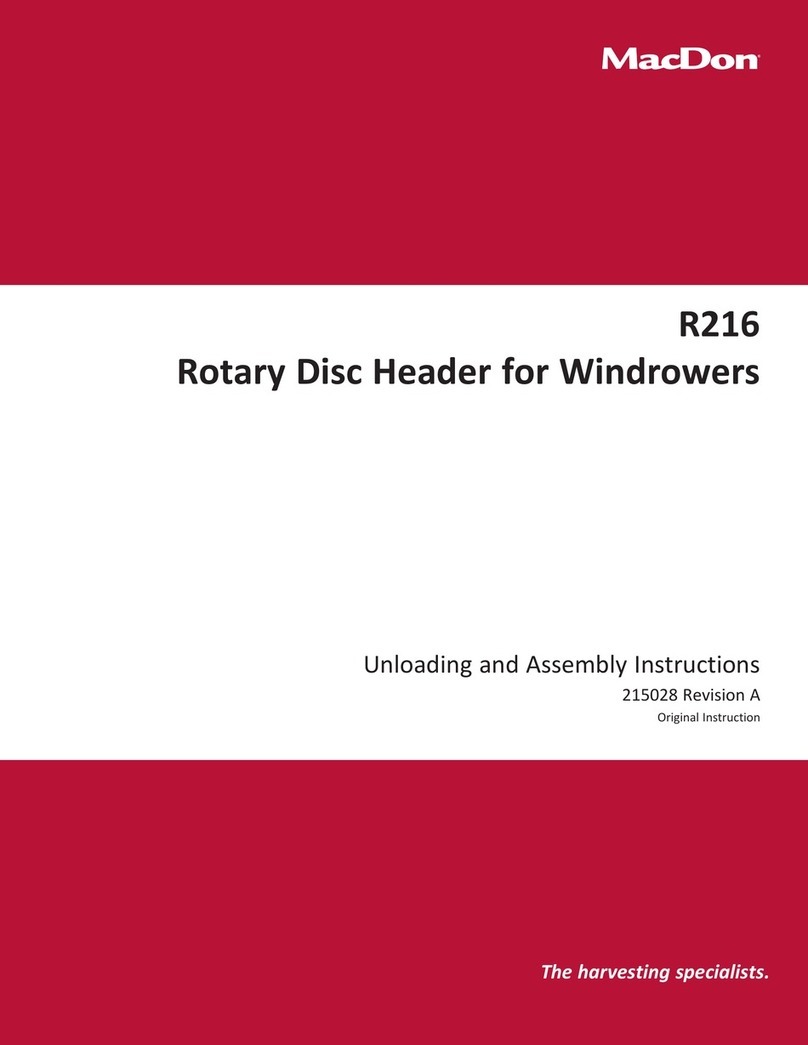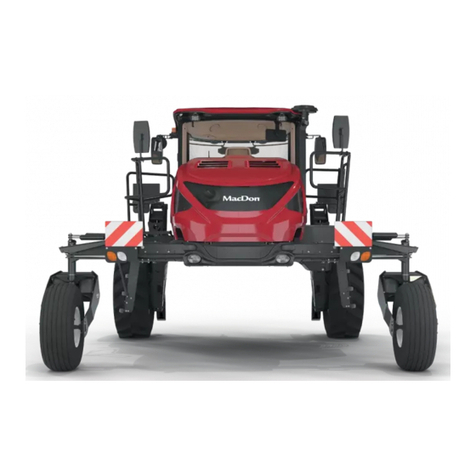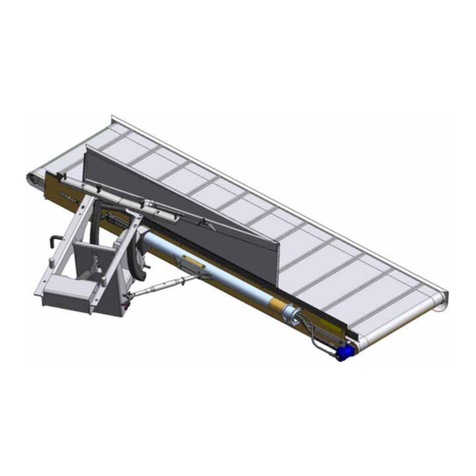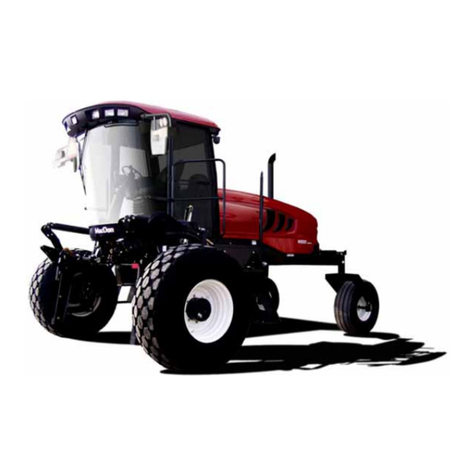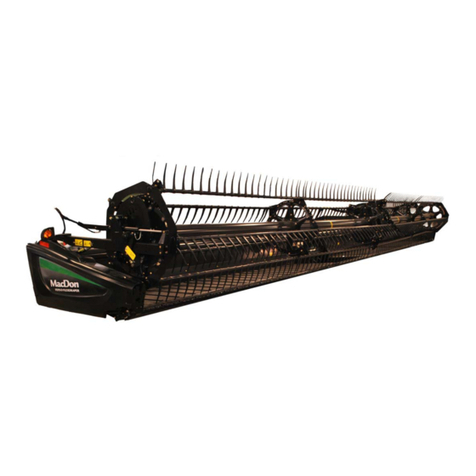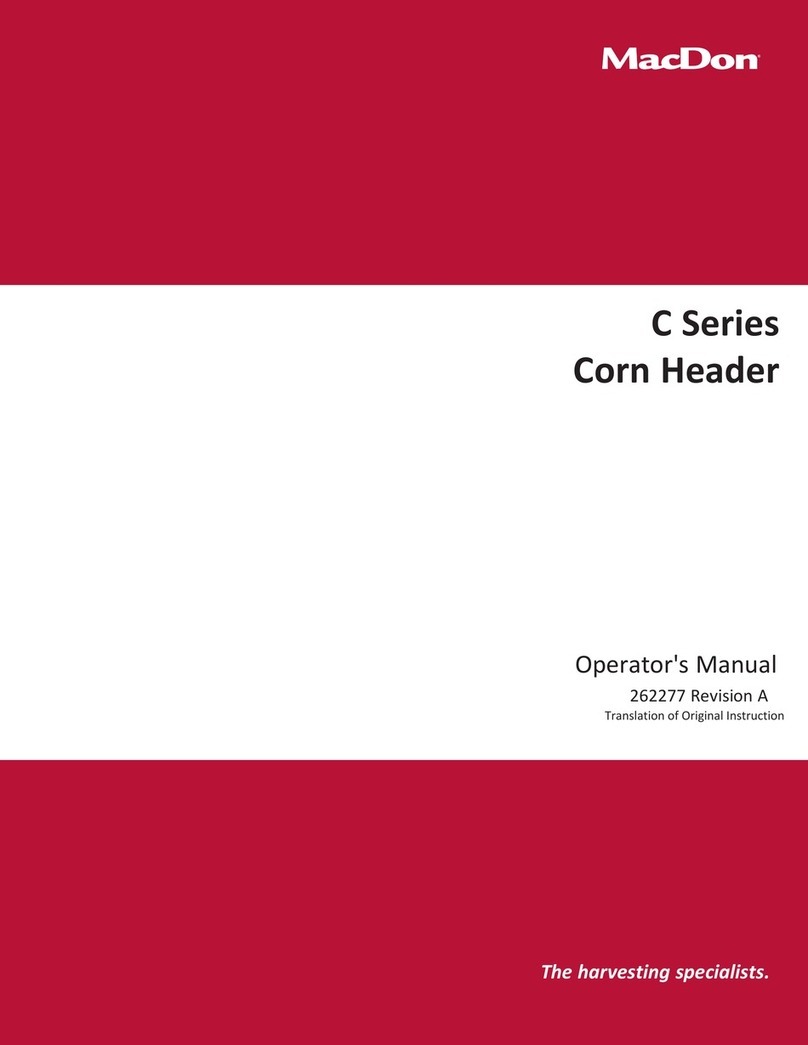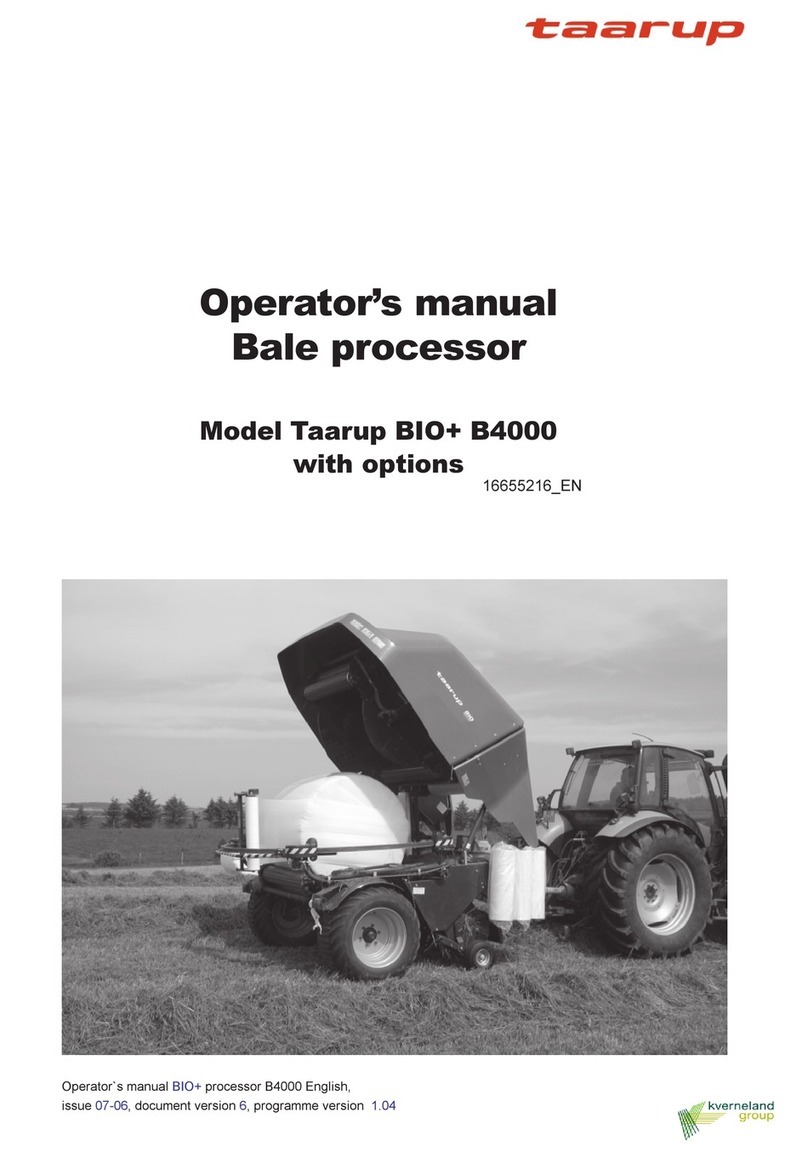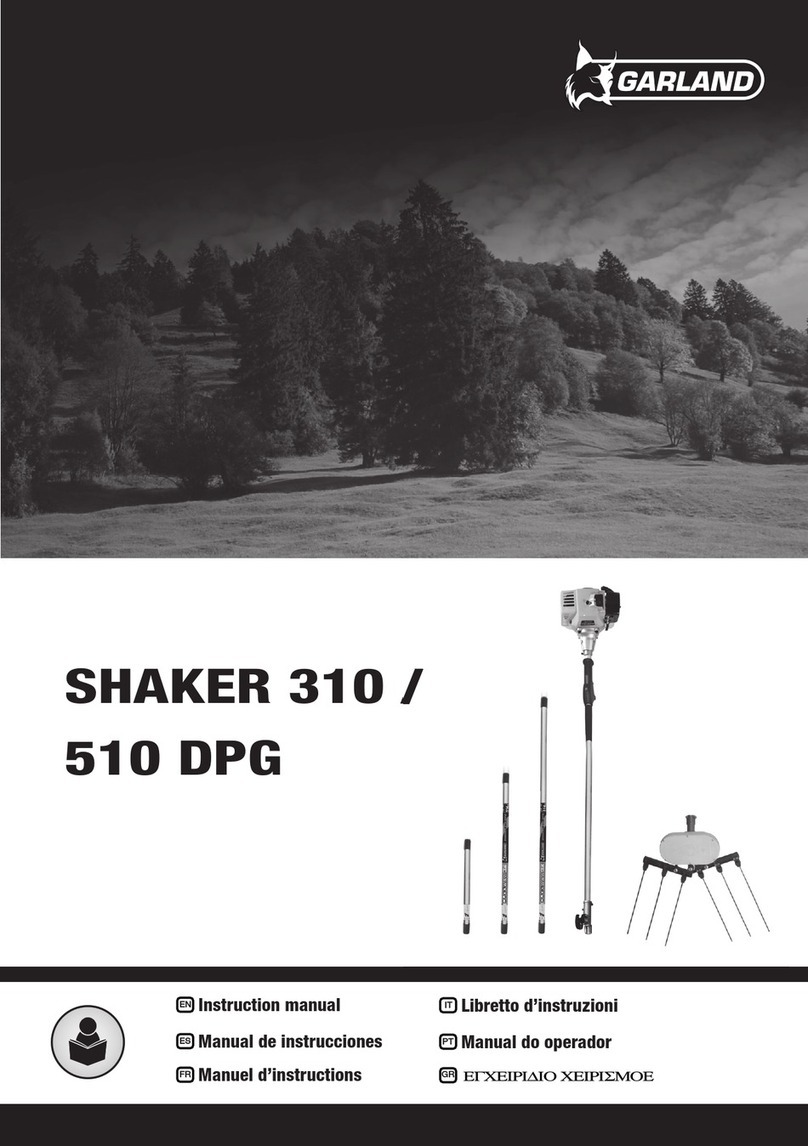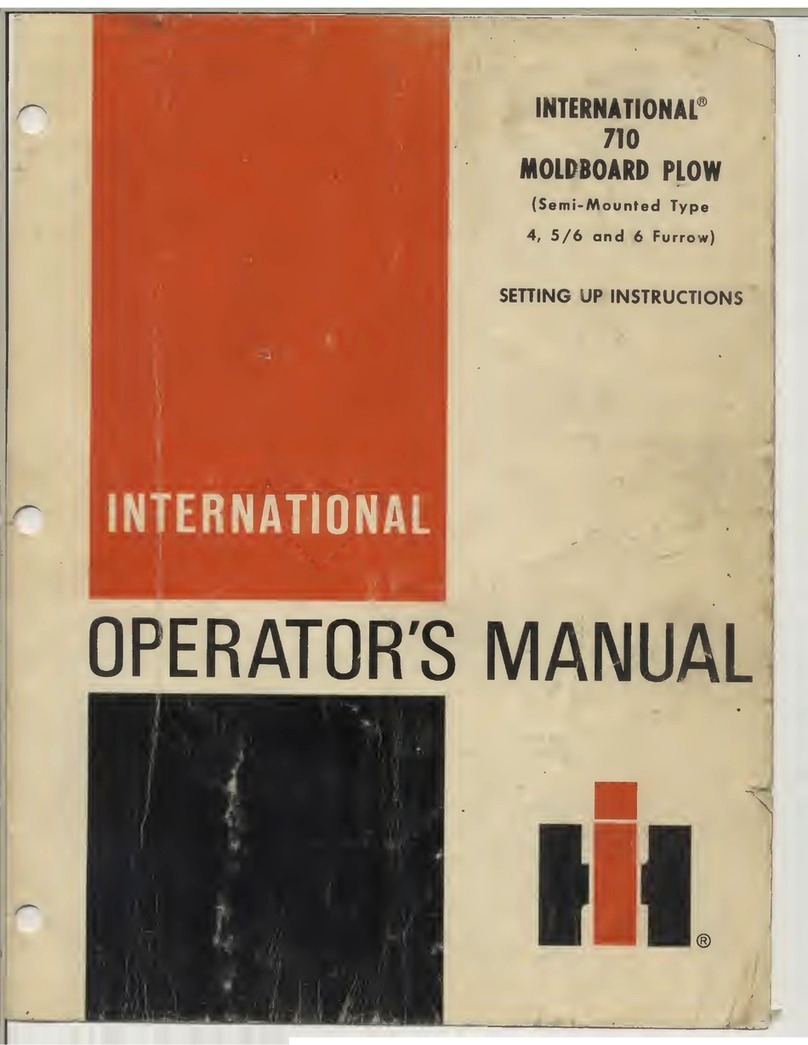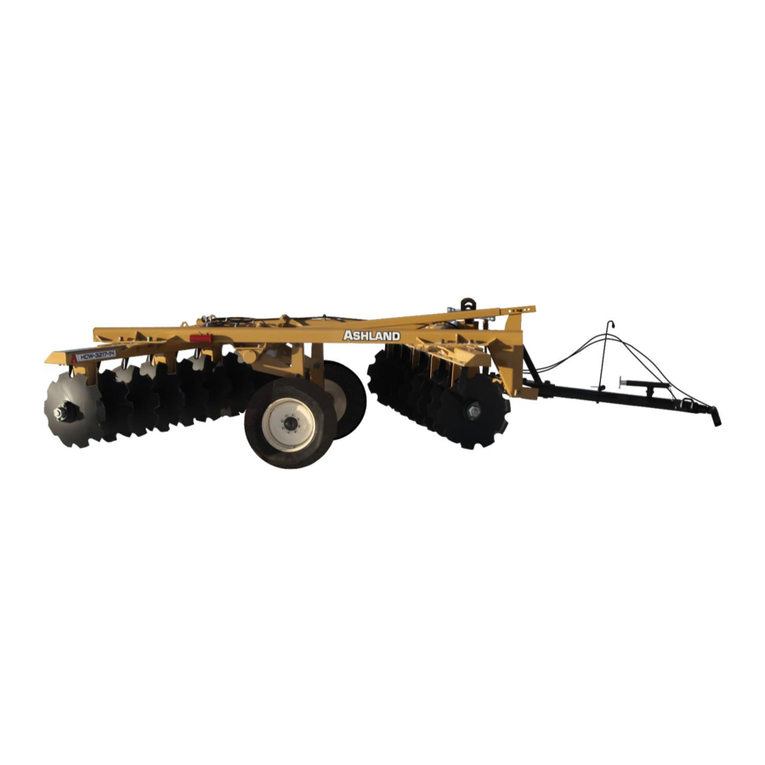
169558 Revision D
TABLE OF CONTENTS
Title Page
INTRODUCTION........................................................................................................................................................1
GENERAL SAFETY ..................................................................................................................................................3
RECOMMENDED TORQUES ...................................................................................................................................5
A. GENERAL........................................................................................................................................5
B. SAE BOLTS.....................................................................................................................................5
C. METRIC BOLTS...............................................................................................................................7
D. FLARE TYPE HYDRAULIC FITTINGS............................................................................................8
E. O-RING TYPE HYDRAULIC FITTINGS ..........................................................................................8
F. O-RING FACE SEAL (ORFS HYDRAULIC FITTINGS) ..................................................................9
CONVERSION CHART ...........................................................................................................................................10
DEFINITIONS...........................................................................................................................................................11
STEP 1. UNLOAD WINDROWER......................................................................................................................12
A. TWO FORKLIFT METHOD............................................................................................................12
B. SINGLE FORKLIFT METHODS ....................................................................................................13
STEP 2. REPOSITION RH LEG.........................................................................................................................15
STEP 3. INSTALL DRIVE WHEELS..................................................................................................................16
STEP 4. REPOSITION CASTER WHEELS.......................................................................................................17
STEP 5. INSTALL STEPS..................................................................................................................................18
STEP 6. UNPACK IGNITION KEYS ..................................................................................................................18
STEP 7. INSTALL CENTER-LINK.....................................................................................................................19
STEP 8. CONNECT BATTERIES ......................................................................................................................20
STEP 9. INSTALL AM/FM RADIO.....................................................................................................................21
STEP 10. ATTACH HEADER...............................................................................................................................23
A. D-SERIES HEADER......................................................................................................................23
B. A-SERIES HEADER ......................................................................................................................28
STEP 11. LUBRICATE MACHINE.......................................................................................................................31
STEP 12. PROGRAM CAB DISPLAY MODULE (CDM).....................................................................................33
STEP 13. PERFORM PRE- DELIVERY CHECKS...............................................................................................39
A. SERIAL NUMBERS .......................................................................................................................39
B. FINAL DRIVE LUBRICANT LEVEL ...............................................................................................39
C. TIRE PRESSURES........................................................................................................................39
D. ENGINE COOLANT.......................................................................................................................39
E. AIR CLEANER...............................................................................................................................40
F. HYDRAULIC OIL LEVEL ...............................................................................................................40
G. FUEL SEPARATOR.......................................................................................................................40
H. A/C COMPRESSOR BELT............................................................................................................41
I. PERFORM SAFETY SYSTEM CHECKS......................................................................................42
J. OPERATIONAL CHECKS .............................................................................................................43
K. SET KNIFE SPEED .......................................................................................................................48
L. MANUALS......................................................................................................................................49
M. CAB INTERIOR..............................................................................................................................49
